People should be legally free to argue for any viewpoint, no matter how “obviously” false and even reprehensible, in order to protect society from being enslaved to a popular but untrue belief. ―Robert P. Murphy


People should be legally free to argue for any viewpoint, no matter how “obviously” false and even reprehensible, in order to protect society from being enslaved to a popular but untrue belief. ―Robert P. Murphy

End all of the wars.
End all of the remnants of the COVID regime.
End the COVID restrictions.
End all of the corporate bailouts.
End all federal militarization of the police.
End the war on drugs.
Repeal the Patriot Act.
Abolish the FBI and the ATF.
End all gun control.
End all of these awful organizations that are a disgrace to a professed free society. Let’s give being a free country a shot. That’s what we need right now. —Dave Smith

People often fail to perceive the fundamental difference between the liberal and the anarchistic idea. Anarchism rejects all coercive social organizations, and repudiates coercion as a social technique. It wishes in fact to abolish the State and the legal order, because it believes that society could do better without them. It does not fear anarchical disorder because it believes that without compulsion men would unite for social co-operation and would behave in the manner that social life demands.
Anarchism as such is neither liberal nor socialistic: it moves on a different plane from either. Whoever denies the basic idea of Anarchism, whoever denies that it is or ever will be possible to unite men without coercion under a binding legal order for peaceful co-operation, will, whether liberal or socialist, repudiate anarchistic ideals.
— Ludwig von Mises (Socialism: An Economic and Sociological Analysis)
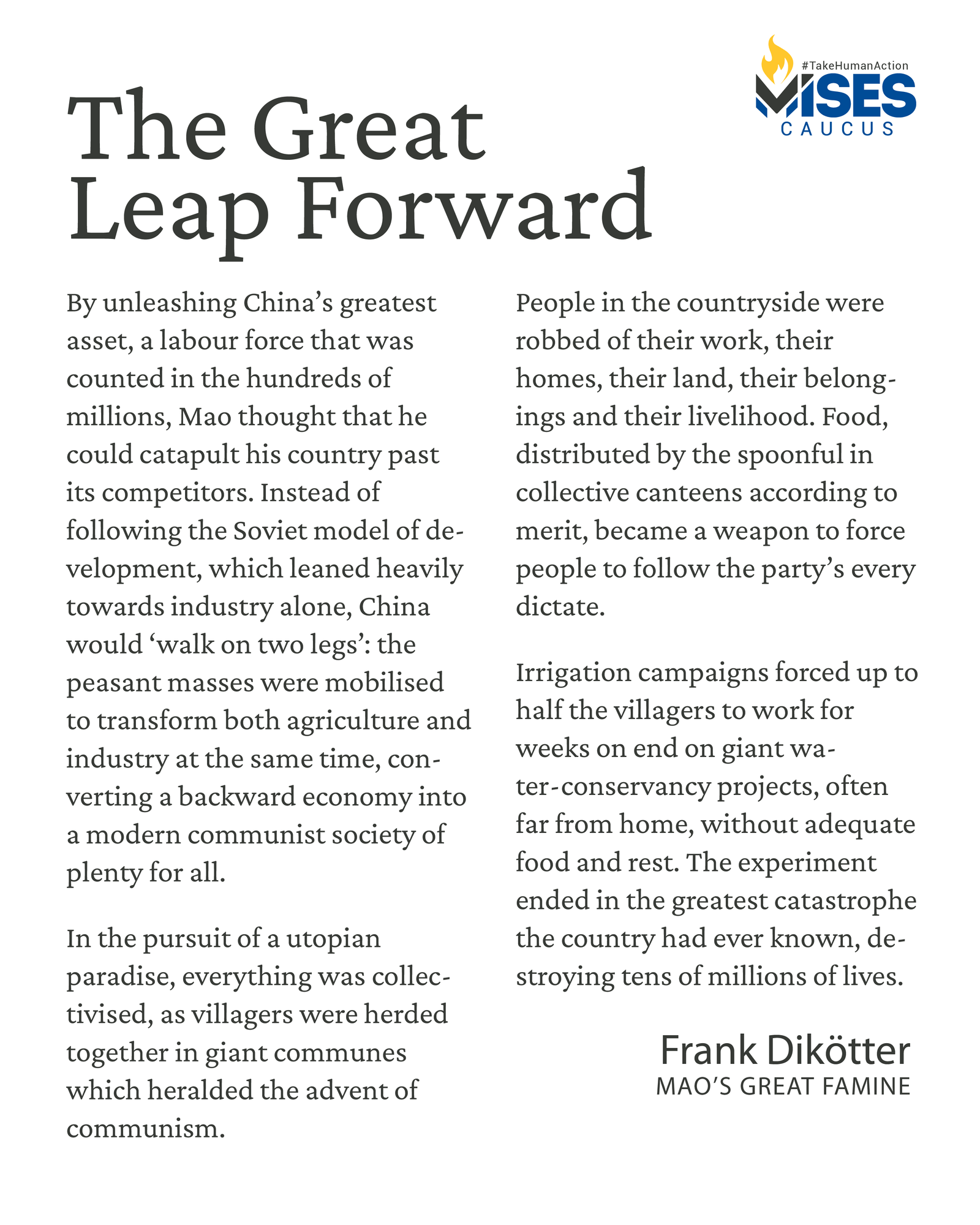
By unleashing China’s greatest asset, a labour force that was counted in the hundreds of millions, Mao thought that he could catapult his country past its competitors. Instead of following the Soviet model of development, which leaned heavily towards industry alone, China would ‘walk on two legs’: the peasant masses were mobilised to transform both agriculture and industry at the same time, converting a backward economy into a modern communist society of plenty for all.
In the pursuit of a utopian paradise, everything was collectivised, as villagers were herded together in giant communes which heralded the advent of communism.
People in the countryside were robbed of their work, their homes, their land, their belongings and their livelihood. Food, distributed by the spoonful in collective canteens according to merit, became a weapon to force people to follow the party’s every dictate.
Irrigation campaigns forced up to half the villagers to work for weeks on end on giant water-conservancy projects, often far from home, without adequate food and rest. The experiment ended in the greatest catastrophe the country had ever known, destroying tens of millions of lives.
—Frank Dikötter, Mao’s Great Famine
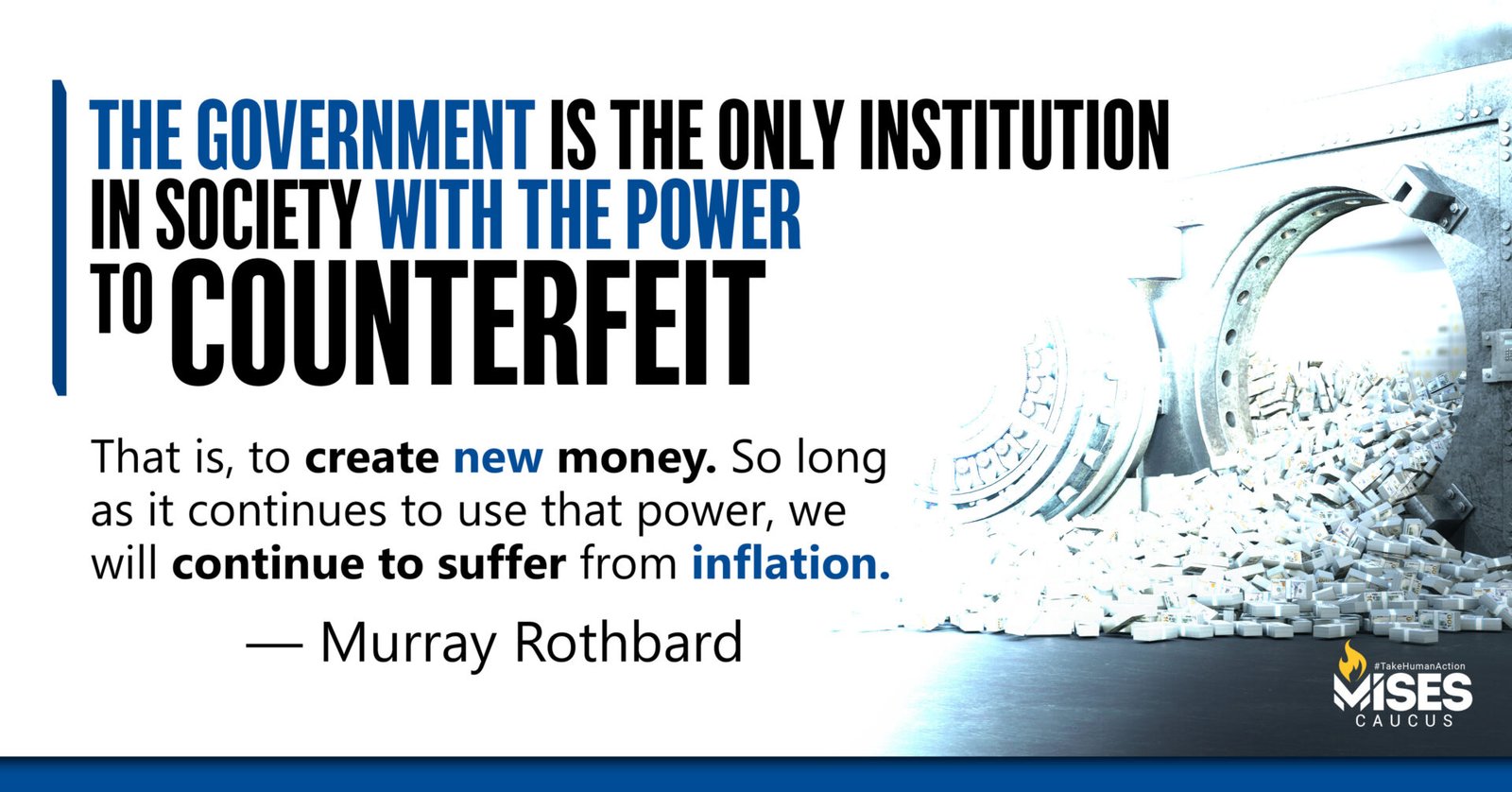
The government is the only institution in society with the power to counterfeit—to create new money. So long as it continues to use that power, we will continue to suffer from inflation. —Murray Rothbard
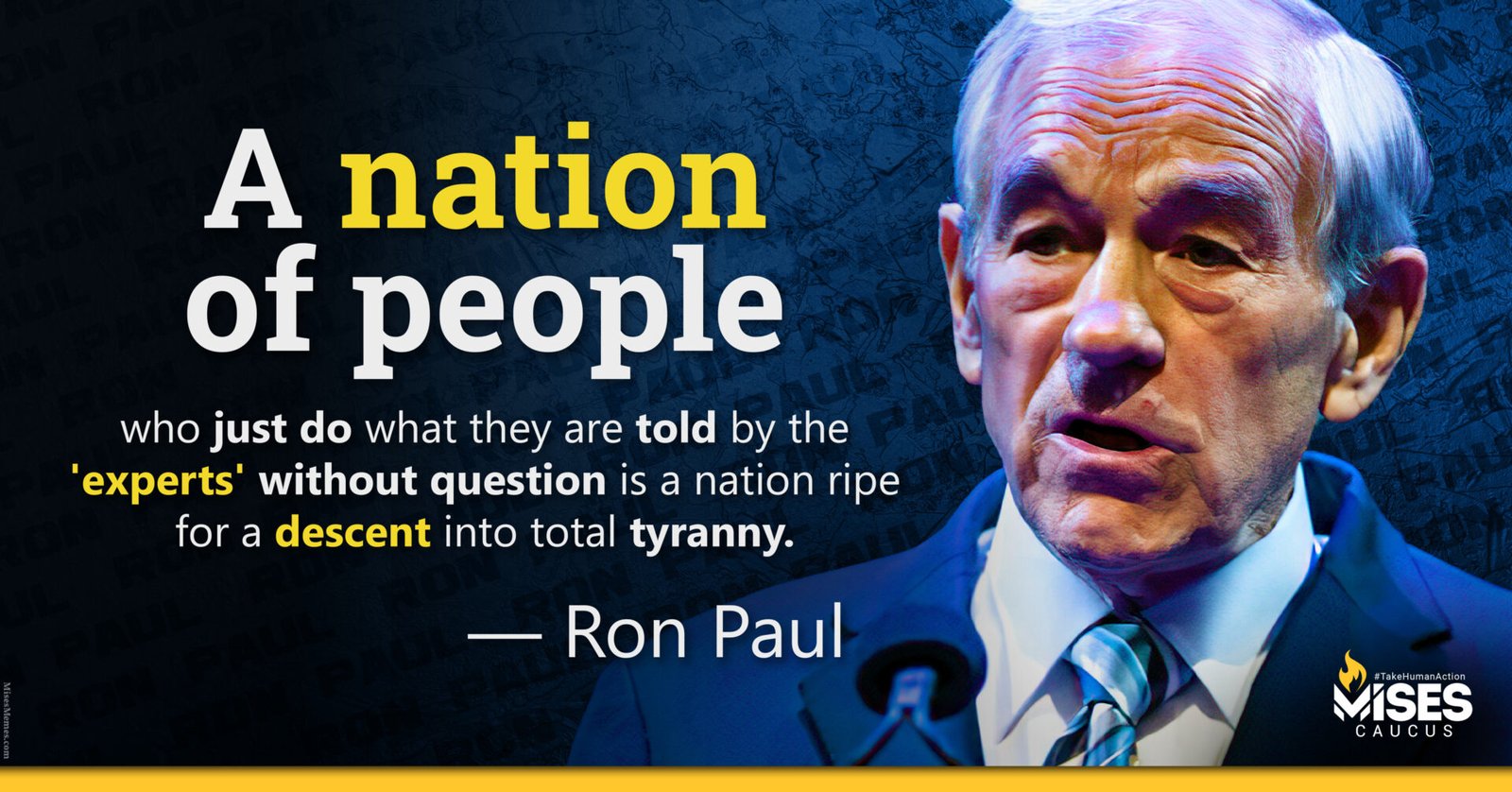
A nation of people who just do what they are told by the ‘experts’ without question is a nation ripe for a descent into total tyranny. —Ron Paul
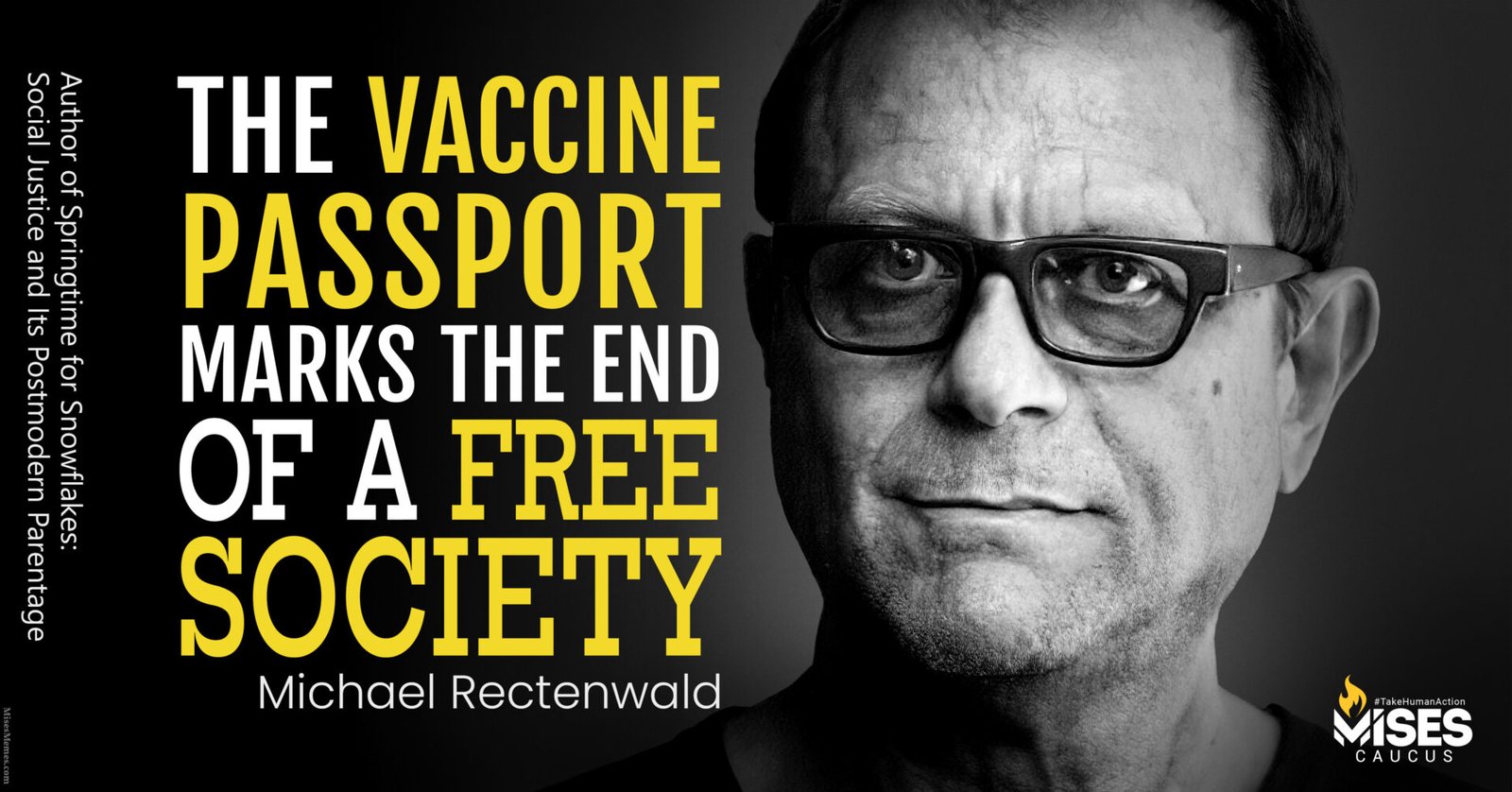
The vaccine passport marks the end of a free society. —Michael Rectenwald
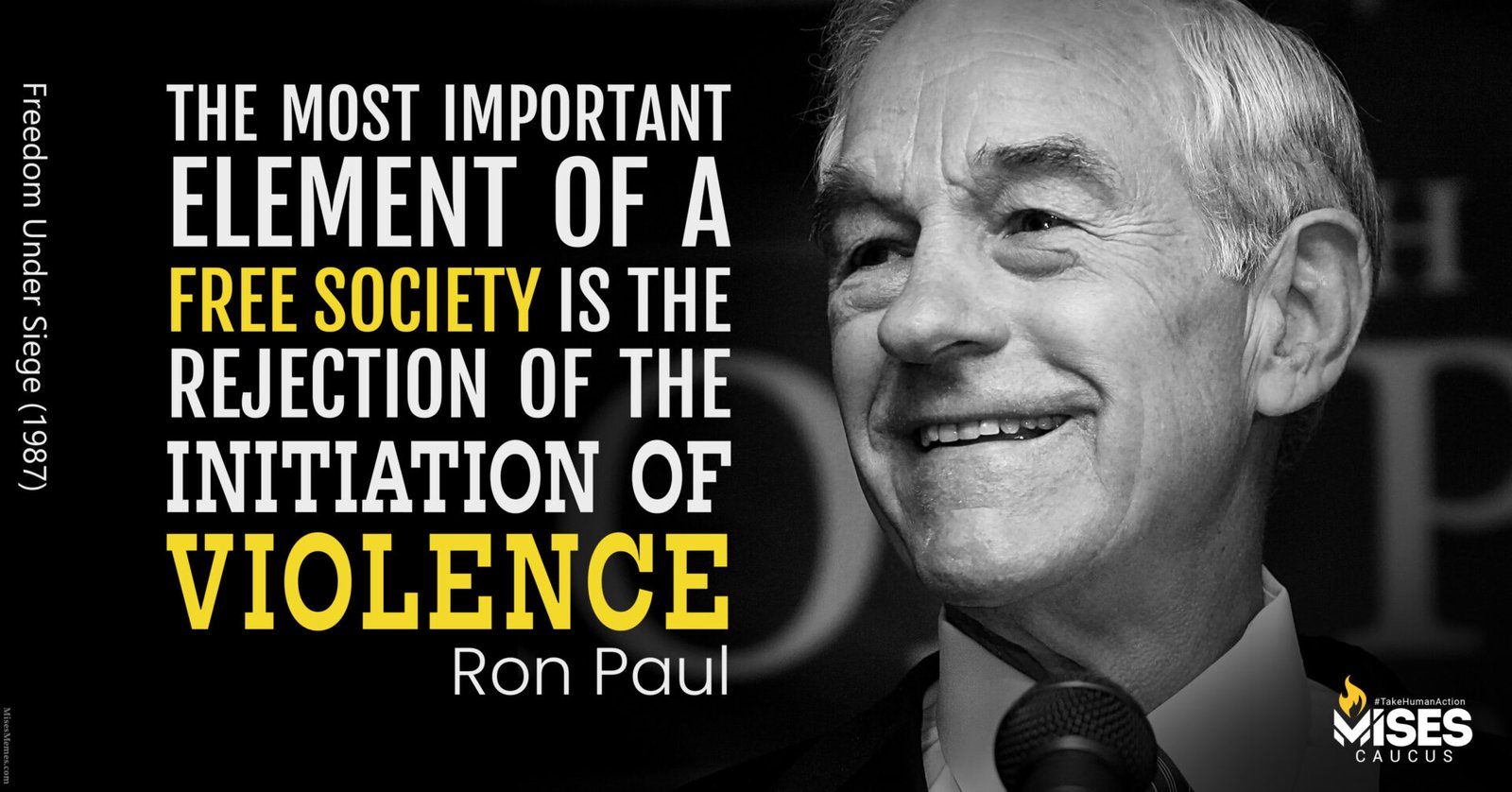
The most important element of a free society, where individual rights are held in the highest esteem, is the rejection of the initiation of violence. —Ron Paul
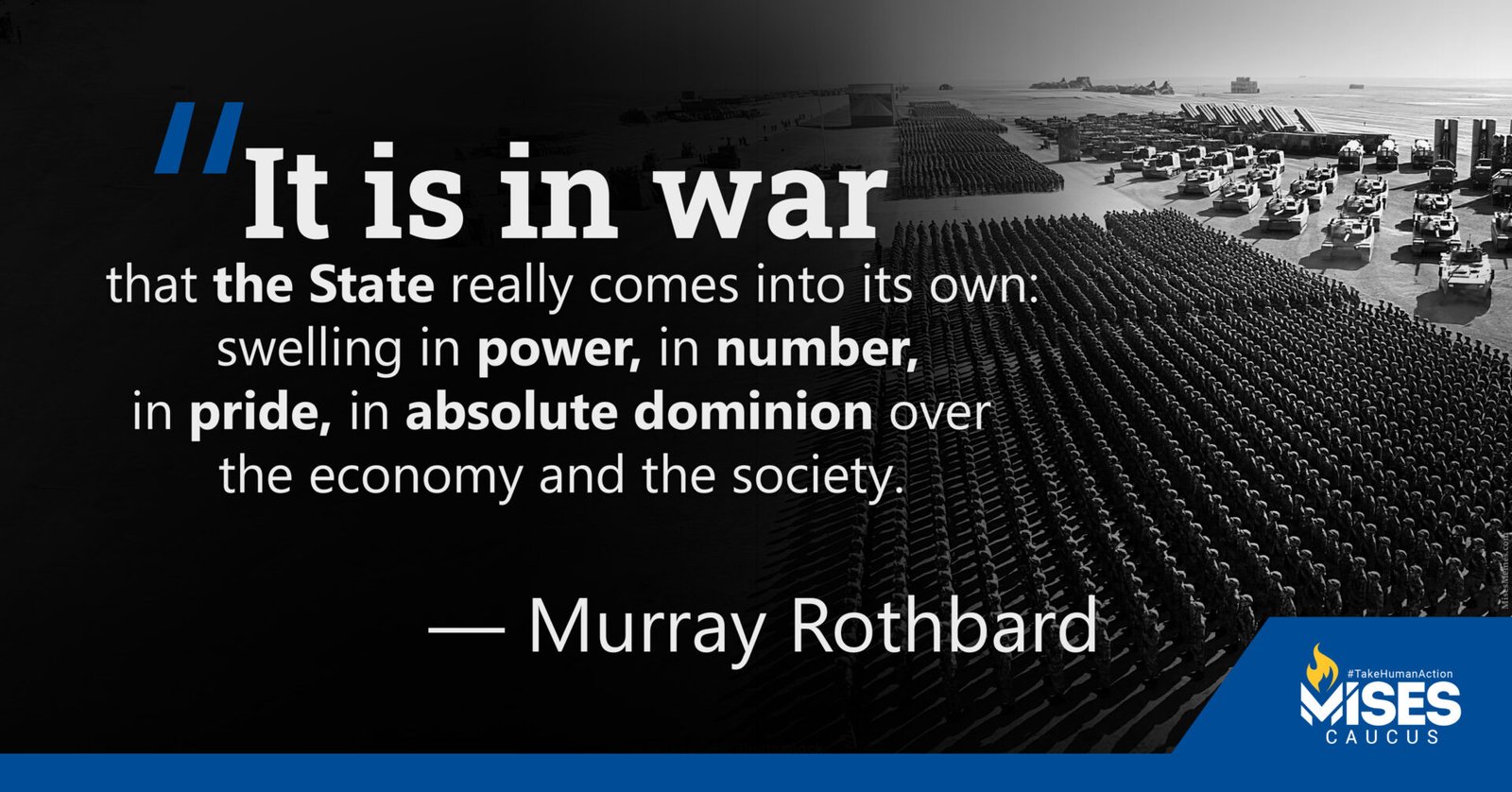
It is in war that the State really comes into its own: swelling in power, in number, in pride, in absolute dominion over the economy and the society. —Murray Rothbard

Men can become more moral only through rational persuasion, not through violence, which will, in fact, have the opposite effect. —Murray Rothbard